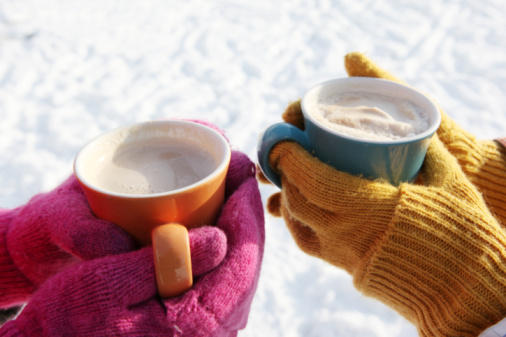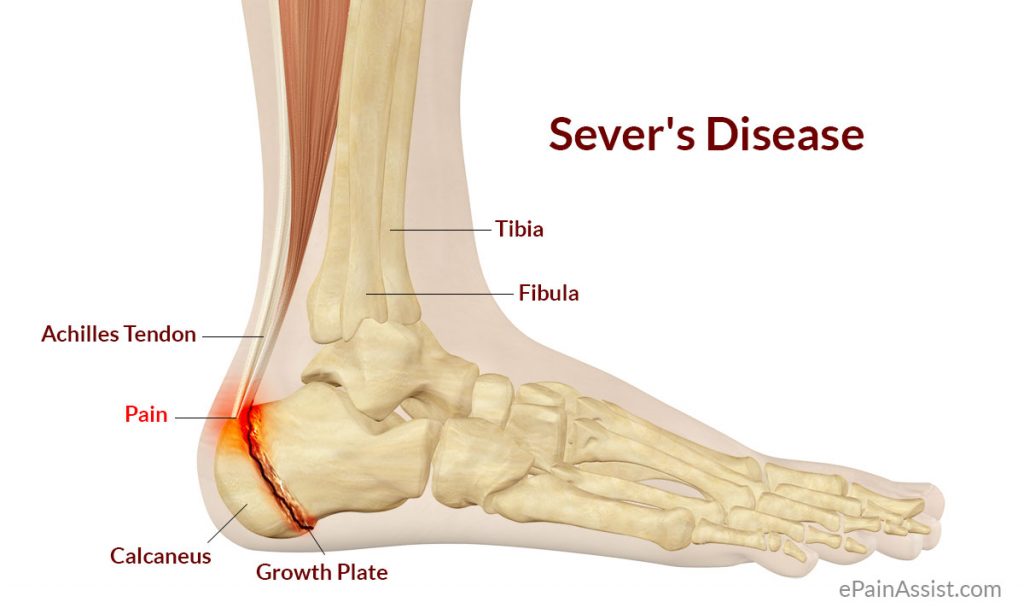Do your feet seem to sweat more than others? Do they regularly carry an unpleasant…
Winter Sports and Foot Health

Winter sports bring an exciting mix of fun, fitness, and fresh air—whether it’s kicking a ball on a frosty field, gliding down the ski slopes, or enjoying a brisk winter hike. Staying active during the colder months is one of the best ways to boost mood, keep fit, and fend off the winter blues.
However, the harsh winter conditions can take a toll on your feet, increasing the risk of injury, discomfort, and circulation-related issues. Cold weather slows muscle warm-up times, making both children and adults more prone to sprains, strains, and other foot-related injuries.
Common Foot Problems During Winter Sports
1. Blisters
Blisters are a common complaint during winter sports, caused by ill-fitting boots, shoes, or ski gear rubbing against the skin. These painful fluid-filled pockets often appear on the toes, heels, and sides of the feet.
Prevention and treatment:
- Ensure properly fitted footwear, with enough room for thermal socks but not too loose to cause friction.
- Choose moisture-wicking socks to prevent excessive sweating, which softens the skin and increases friction.
- Apply padded blister plasters or friction-reducing tape before activity if you’re prone to blisters.
2. Sprains & Strains
Winter sports put immense pressure on the feet, ankles, and knees, leading to a higher risk of sprains (ligament injuries) and strains (muscle/tendon injuries). Uneven, slippery, or icy surfaces add to the risk.
Prevention and treatment:
- Warm up before activity to increase blood flow and flexibility.
- Wear supportive sports shoes or boots with proper grip to avoid slips.
- Apply R.I.C.E. (Rest, Ice, Compression, Elevation) to minor injuries and seek professional advice for severe sprains.
3. Chilblains
Chilblains are itchy, red, swollen patches that appear on the toes, fingers, or even the face due to cold exposure. They occur when cold skin is suddenly warmed, causing small blood vessels to react.
Prevention and treatment:
- Keep feet warm and dry—wear 100% wool socks and rubber-soled shoes for insulation.
- Avoid sudden temperature changes—don’t place cold feet too close to a heater or fire.
- If you’re prone to chilblains, consult a podiatrist for preventative treatments.
4. Diabetes & Cold Weather
People with diabetes are more vulnerable to foot complications due to reduced circulation and nerve sensitivity. Tight-fitting footwear in cold conditions can further restrict blood flow, increasing the risk of frostbite and slow-healing wounds.
Prevention and treatment:
- Wear warm, well-fitted, but not overly tight footwear.
- Keep feet dry and moisturised to prevent cracks and ulcers.
- Regular foot checks are essential—seek professional care if you notice any changes in colour, temperature, or sensation.
5. Frostbite
Frostbite occurs when the skin and underlying tissues freeze due to prolonged exposure to sub-freezing temperatures. Wet feet are at greater risk, and in severe cases, frostbite can lead to permanent tissue damage and even toe loss.
Prevention and treatment:
- Always wear insulated, waterproof footwear in sub-zero temperatures.
- Change out of wet socks and shoes immediately to prevent heat loss.
- If frostbite is suspected, gradually rewarm feet with lukewarm water—never use direct heat sources.
What can you do to minimise the risk of painful feet during the sports season?
Warm up before going outdoors– before commencing any physical activity, it’s important to stretch so your muscles are warmed up which helps to reduce the risk of injury. A routine that includes several jumping jacks, running or walking on the spot and stretching will get your body ready for activity.
Cool down– after any rigorous activity, especially one that’s outdoors, spend time cooling down your body. Doing some stretching will help your tired muscles and allow you to recover faster from your activities.
Listen to what your body needs– are your feet feeling tired and achy? Do your shoes feel too tight? Your body has ways of telling you when it’s tired and needs a break. Prevent foot-related injuries by paying attention to what your body needs and giving it a break whenever possible. Overexerting yourself can lead to injury. If that happens, you may end up spending the remaining winter season indoors.

Children – they suffer foot problems too!
Remember foot problems and pain is not just experienced by adults, but children as well. They too can suffer from a number of foot complaints which can make playing sports a miserable experience.
- Skin conditions such as verruca’s/warts or tinea/athletes foot and chillblains
- Growing pains – Severs or Osgood-Schlatters
- Sports injuries- common in growing kids and teenagers
- Toe deformity-bunions, hammertoes, overriding toes
Severs Disease:
- Calcaneal apophysitis or inflammation of growth plate in heel
- Pain around back of heel with activity, running and jumping worse, pain with lateral squeeze of heel bone
- Extremely common at start of sport season especially winter sport
- Treatment: reduce activity, footwear, heel raise or orthotic, stretching, ice packs and/or strapping

Osgood-Schlatters
- Tibial apophysitis or inflammation of growth plate below knee
- Pain with around knee with activity, kicking, palpation of tibial tuberosity or resisted extension
- Treatment: reduce activity, footwear, orthotics, stretching and/or ice packs
Key points to remember:
- Keep your feet as warm and dry as possible. Wearing 100% merino socks helps the foot breath but keeps them snugly and warm.
- Allow foot wear (boots or shoes) to dry between use, if possible. Pop them by the fire- this will help prevent your feet from getting cold quickly as well as prevent the growth of fungi and bacteria.
- Seek advice and treatment from your podiatrist
- Soak your feet in Epsom salt and warm water every once in a while to relieve discomfort and prevent infections.
- But most of all, have fun on the field or slope this winter!

